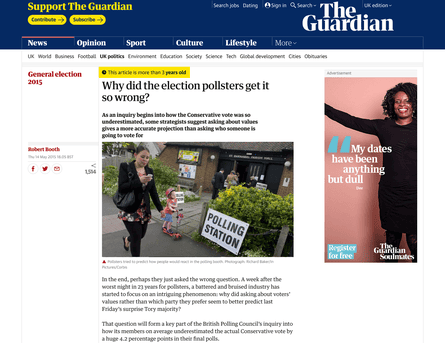Some Known Questions About News Articles.
Some Known Questions About News Articles.
Blog Article
The Buzz on News Articles
Table of ContentsExamine This Report about News ArticlesThe Facts About News Articles RevealedThe 30-Second Trick For News ArticlesNews Articles Things To Know Before You BuyHow News Articles can Save You Time, Stress, and Money.
Great understanding of different topics offers trainees an one-upmanship over their peers. Also though digital and social media sites are easily accessible, we need to not fail to remember just how vital it is to check out the papers. Parents need to try and instill the practice of reviewing a newspaper as an everyday regimen to proceed the tradition of the adored print medium.Newspaper article additionally include at the very least one of the complying with important features about the designated target market: distance, prestige, timeliness, human interest, quirk, or repercussion. The associated term journalese is sometimes utilized, usually pejoratively, to describe news-style writing. Another is headlinese. Newspapers generally comply with an expository writing style.
Within these restrictions, news stories likewise aim to be comprehensive. Amongst the larger and extra highly regarded newspapers, fairness and balance is a major aspect in offering info.
Papers with a global audience, as an example, tend to use a more formal design of creating. The details choices made by an information outlet's editor or editorial board are commonly gathered in a style overview; usual design guides include the and the US News Style Book. The main goals of news writing can be summed up by the ABCs of journalism: accuracy, brevity, and clearness.
News Articles Things To Know Before You Get This
As a rule, reporters will not utilize a lengthy word when a short one will do. They use subject-verb-object building and vivid, active prose (see Grammar). They provide stories, instances and allegories, and they hardly ever depend upon generalizations or abstract ideas. Information writers try to stay clear of making use of the exact same word greater than as soon as in a paragraph (sometimes called an "echo" or "word mirror").
However, headlines in some cases leave out the topic (e.g., "Leaps From Boat, Catches in Wheel") or verb (e.g., "Feline lady lucky"). A subhead (additionally subhed, sub-headline, subheading, subtitle, deck or dek) can be either a secondary title under the primary headline, or the heading of a subsection of the short article. It is a heading that precedes the primary message, or a group of paragraphs of the main text.
Added signboards of any of these kinds may show up later in the write-up (especially on subsequent pages) to entice more analysis. Such signboards are likewise utilized as pointers to the post in various other sections of the publication or site, or as ads for the piece in other magazine or sites. Regular framework with title, lead paragraph (summary in vibrant), other paragraphs (details) and get in touch with details.

Example of a hard-lead paragraph NASA is suggesting another space job. The budget demands around $10 billion for the project.
The NASA statement came as the agency asked for $10 billion of appropriations for the task. An "off-lead" is the second crucial front web page news of the day. The off-lead shows up either in the leading left edge, or straight listed below the lead on the. To navigate to this site "hide the lead" is to start the short article with background info or information of second importance to the viewers, forcing them to review even more deeply right into a write-up than they need to need to in order to find the necessary points.
News Articles Fundamentals Explained
Usual usage is that a person or 2 sentences each form their own paragraph. Reporters typically define the company or framework of a news story as an upside down pyramid. The necessary and most fascinating elements of a story are placed at the beginning, with sustaining information following in order of reducing value.
It allows people to explore a topic to only the depth that their interest takes them, and without the charge of information or subtleties that they might think about pointless, but still making that info readily available to extra interested readers. The upside down pyramid framework additionally makes it possible for short articles to be trimmed to any type of arbitrary length throughout design, to suit the area offered.
Some authors begin their tales with the "1-2-3 lead", yet there are several sort of lead offered. This style invariably starts with a "Five Ws" opening paragraph (as defined above), complied with by an indirect quote that serves to support a major element of the first paragraph, and then a direct quote to sustain the more tips here indirect quote. [] A twist can refer to several things: The last tale current broadcast; a "pleased" tale to end the program.
Longer short articles, such as publication cover posts and the pieces that lead the within areas of a newspaper, are recognized as. Feature tales differ from straight information in several means.
More About News Articles
A function's initial paragraphs usually relate a fascinating moment or occasion, as in an "unscientific lead". From the details of an individual or episode, its view swiftly widens to generalizations about the story's subject.

The Editor's Tool kit: A Recommendation Guide for Beginners and Professionals (2001) Allan M. Siegal and William G. Connolly. The New York Times Guidebook of Our site Design and Usage: The Authorities Style Overview Utilized by the Writers and Editors of the Globe's The majority of Authoritative Paper (2002) M. L. Stein, Susan Paterno, and R.
Report this page